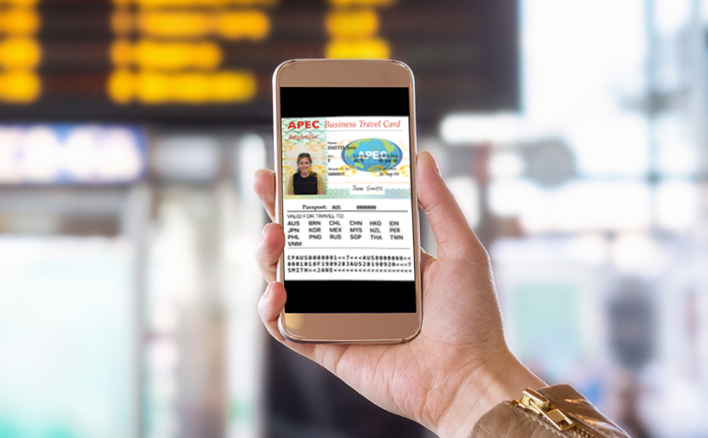Pacific countries have long complained about the difficulties involved in short-term business travel to Australia and New Zealand. APEC, the Asia-Pacific regional body that brings together some 21 economies from across the geopolitical spectrum, has successfully introduced the APEC Business Travel Card (ABTC). In this blog, we set out the case for a Pacific Business Travel Card (PBTC).
The ABTC was launched in 1997. ABTC applicants apply to their home country government. If the application passes that stage of approval, it is circulated among all other governments listed in the nomination. The applicant then receives their ABTC, which lists the countries the applicant has permission to travel to.
The ABTC gives its holder the right to enter those countries successfully applied to for successive 60 to 90 day periods over a multi-year period. It is a visa for business visits, not employment. In 2015, the ABTC validity period was extended from 3 to 5 years, and in 2021, the physical ABTC card was replaced (in many countries) by a digital visa.
19 of APEC’s 21 economies participate in the ABTC. Canada and the United States do not. While those are big exceptions, the ABTC is nevertheless rightly regarded as a success. One important, positive indicator is simply the number of people who use it, which has grown from 137,000 in 2013 to 340,000 a decade later. The ABTC visa is primarily for businesspeople, but some in government and NGO leadership positions also use them. One of us has an ABTC card to travel from Australia to PNG and it has made a huge difference in terms of ease of travel.
How would a Pacific Business Travel Card work? The natural champion and home for such a card would be the Pacific Islands Form (PIF). Applications for a PBTC would work the same way as application for an ABTC does. The most interest would be from Pacific island businesspeople wanting to visit Australia and New Zealand. Nearly all Pacific island countries already offer each other visa-free travel. However, some countries only allow short stays, say of 30 days, so the 60-to-90 day stay offered by the PBTC could be attractive. Plus, the PBTC would be a “no questions asked on arrival” visa. Once it was issued, you wouldn’t need a sponsorship letter or other supporting documents to show at immigration.
In any case, the PBTC, like the ABTC, would allow applicants to focus on those countries of interest. The good news for Australia and New Zealand is that it would reserve the right of the two countries to decide who gets such a visa to enter either country.
Australia seemed to be going down this route when then Prime Minister Scott Morrison announced (on the sidelines of the 2018 APEC meeting held in PNG, and perhaps inspired by that) that Australia would be introducing a “Pacific-Australia Card making it easier for politicians, business and sportspeople to visit Australia”. A 2019 update reassured readers that Australia was “rolling out the Pacific-Australia Card to streamline travel to Australia by Pacific leaders.” While a number of Pacific-Australia Cards have been issued, it is unclear how many, and it seems to be by invitation only. There is no public information about how to apply for the Pacific-Australia Card, or who can apply, or what it entitles one to. The fact that the 2019 update is the most recent information available suggests that the initiative has stalled or is deliberately being kept low-profile.
Such unilateral initiatives are helpful, but should be promoted publicly and open to applications. Unlike the ABTC, the Pacific-Australia Card is nowhere to be found on the Home Affairs website.
There are a number of advantages to a multilateral approach. It would include New Zealand. It would mean that applicants who want to travel to Australia (or anywhere else) are required first of all to be vouched for by their home government. It would mean that the Pacific gets a say in what sort of roles should make one eligible for the new visa (for example, church and non-government as well as private sector ones). And it would mean that progress could be monitored by the Pacific Islands Forum.
In the end, unilateral and multilateral approaches should be mutually reinforcing. We encourage Australia to build on its Australia-Pacific Card initiative and we encourage the Forum to get behind a Pacific Business Travel Card. APEC introduced its ABTC more than a quarter of century ago. Why should the Pacific be left behind?
Disclosure
This research was supported by the Pacific Research Program, with funding from the Department of Foreign Affairs and Trade. The views are those of the authors only.











